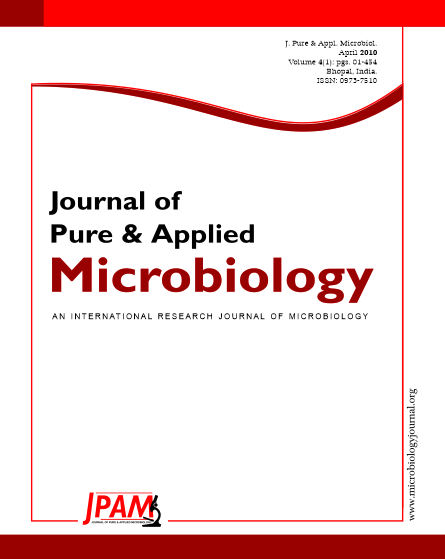The purpose of this study was to determine the prevalence of vaginal candidiasis by Candida species and the distribution of its species by using different detection methods. A total number of 250 women aged between 15 to 45 years having the symptoms of vaginitis were investigated. Age, parity and socio-economic conditions matched 50 healthy married and unmarried women attending the OPD of the hospital were taken as control groups. Samples were checked for the presence of yeast and vaginal pH. Data obtained by gynecologic examination were also recorded. High vaginal swabs were collected from the selected women at the outpatient clinic of the department of Obstetrics and Gynaecology for the detection of vaginal Candidiasis by different conventional diagnostic techniques and a comparison was made among them. Out of 250 high vaginal swabs, Candida species were found 134 (53.6%) cases and from healthy control, it was 17 (20.1%) cases (P <0.05). Within 134 Candida species, Candida albicans and non-Candida albicans were 93.3% and 6.7% respectively. Next to Gram staining, wet mount microscopy with 10% Potassium hydroxide was the most sensitive detection technique for vaginal candidiasis in where culture method was taken as control. In conclusion, the most prevalent Candida species isolated from vaginal candidiasis was Candida albicans and the most sensitive detection technique for vaginal candidiasis was culture method and the wet mount microscopy with 10% KOH.
Vulvovaginal candidiasis, Non-Candida albicans, Candida albicans
© The Author(s) 2010. Open Access. This article is distributed under the terms of the Creative Commons Attribution 4.0 International License which permits unrestricted use, sharing, distribution, and reproduction in any medium, provided you give appropriate credit to the original author(s) and the source, provide a link to the Creative Commons license, and indicate if changes were made.


